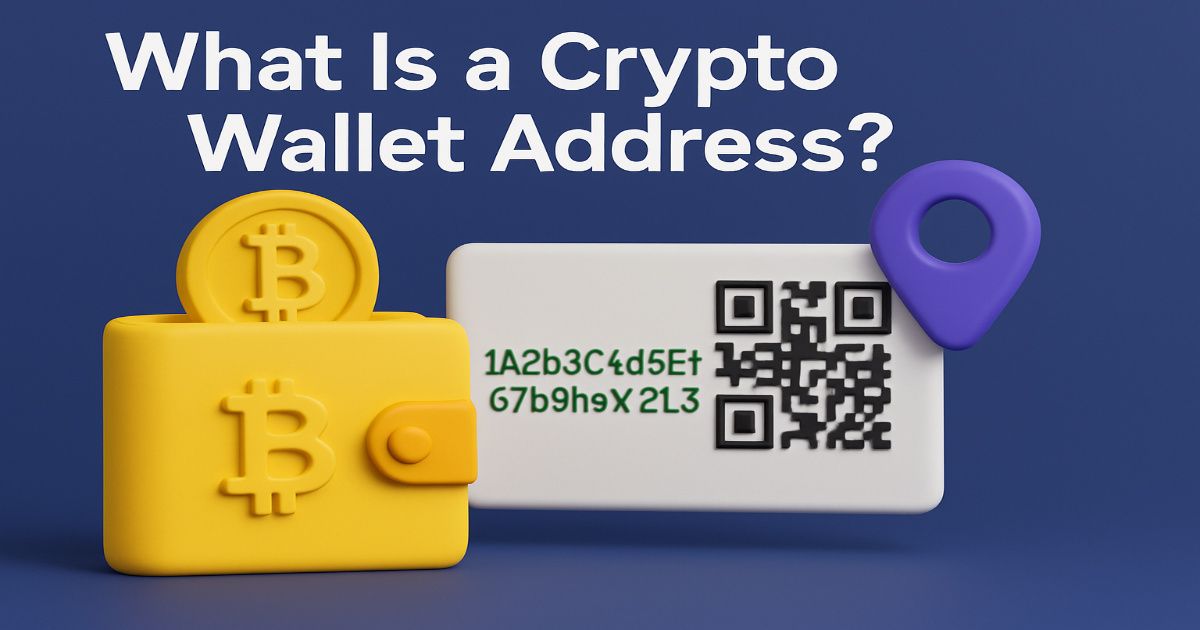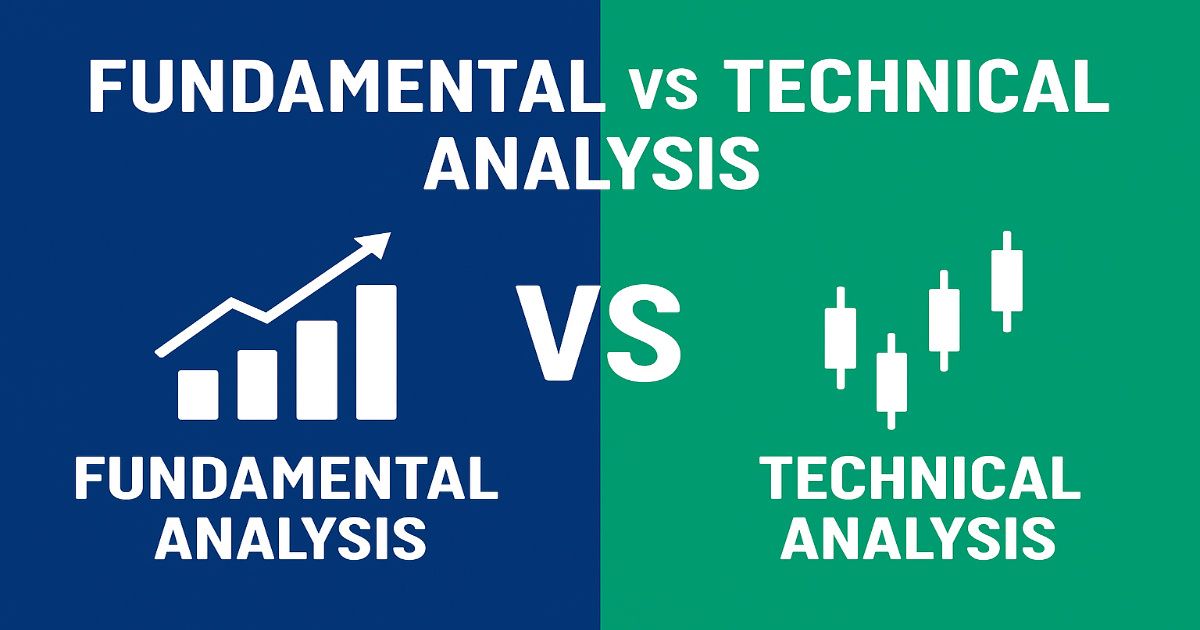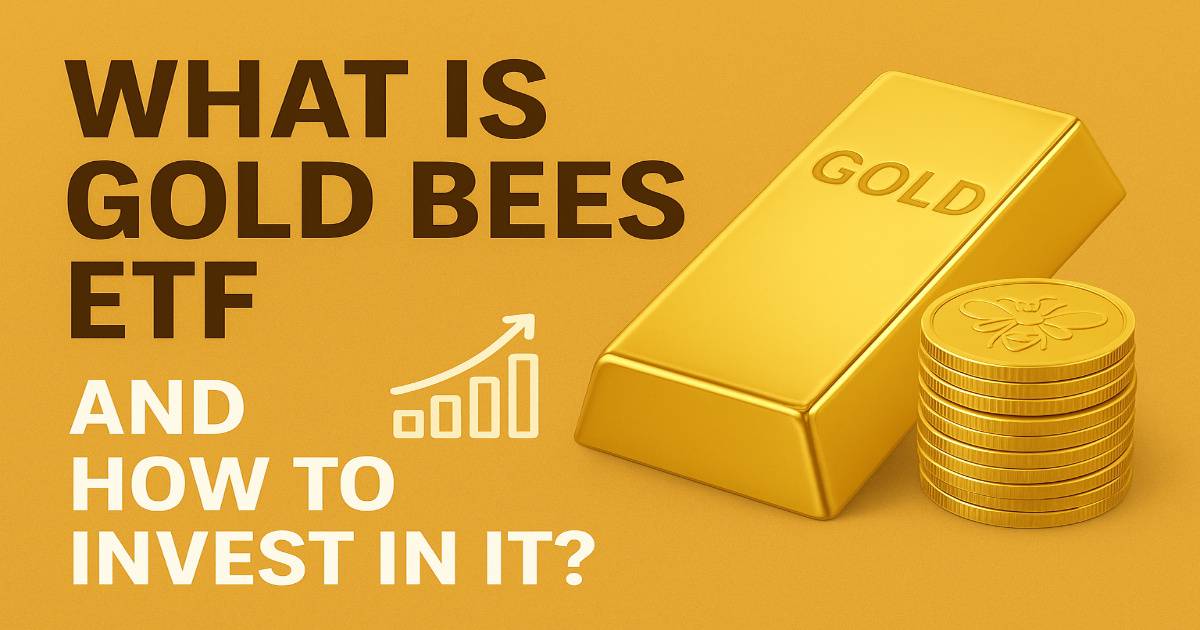If you’ve ever sent or received cryptocurrency, you’ve already come across a crypto wallet address — the essential string of characters that acts as your digital “bank account number” in the blockchain world. But unlike traditional bank accounts, crypto wallet addresses work on decentralized networks, follow unique formats, and offer much more control over your funds.
In the world of cryptocurrency, your wallet address is your digital identity. Whether you’re buying Bitcoin, receiving Ethereum from a friend, or transferring tokens between exchanges, every transaction needs a crypto wallet address to happen.
Think of it like a bank account number — but instead of being issued by a bank, it’s generated instantly by cryptographic algorithms, stored on the blockchain, and controlled entirely by you. Unlike traditional banking, there are no branches, forms, or middlemen. You can create multiple wallet addresses in seconds and use them to send or receive funds globally, 24/7.
However, while the concept is simple, many beginners get confused about how wallet addresses work, why there are different formats, and what safety measures are needed. In this guide, we’ll break it down step-by-step — from the basics of what a wallet address is, to the technical details, types, and essential tips to keep your crypto secure.
What Is a Crypto Wallet Address?
A crypto wallet address is a unique string of numbers and letters that represents a location on a blockchain where you can receive cryptocurrency.
Think of it like:
- Bank account number → for receiving money.
- UPI ID → for quick transfers.
- Email address → but instead of sending messages, you send crypto.
Example Wallet Addresses:
- Bitcoin:
1BvBMSEYstWetqTFn5Au4m4GFg7xJaNVN2 - Ethereum:
0x89205A3A3b2A69De6Dbf7f01ED13B2108B2c43e7 - Litecoin:
ltc1qg3uwg7v6c5y4gxyyzkqpy4qed7r3z98rj5m50q
How Does a Crypto Wallet Address Work?
A wallet address is generated from something called a public key, which itself is mathematically linked to a private key.
Here’s the process:
- You create a wallet (software, hardware, or paper).
- The wallet creates a private key (secret) and public key (visible).
- The public key is shortened into a wallet address.
- Anyone can send crypto to your address — but only the private key holder can spend it.
Example of a Transaction:
- Priya gives her Ethereum address to Rohan:
0x32Be343B94f860124dC4fEe278FDCBD38C102D88 - Rohan sends 1 ETH.
- The Ethereum blockchain records the transaction permanently.
- Priya can see the funds in her wallet — but only she can move them.
Why Are Crypto Wallet Addresses Important?
A crypto wallet address isn’t just a random string of letters and numbers — it’s the key that connects you to the blockchain network. Without it, there’s no way to receive cryptocurrency, verify ownership, or participate in blockchain transactions.
1. They Enable Transactions
Your wallet address acts as the destination point for crypto transfers. Just like you can’t receive money in a bank account without an account number, you can’t receive crypto without an address.
2. They Establish Ownership
While your name isn’t tied to a wallet address, all transactions to and from it are recorded permanently on the blockchain. This public record proves that the funds in that address belong to whoever holds its private key.
3. They Provide Privacy
Wallet addresses allow you to send and receive funds without revealing your personal details. You can even generate new addresses for each transaction to make your activity harder to track.
Types of Crypto Wallet Addresses
Different cryptocurrencies have different formats. Even within the same blockchain, you may see variations.
| Type | Starts With | Example | Notes |
|---|---|---|---|
| Legacy (P2PKH) | 1 | 1A1zP1eP5QGefi2DMPTfTL5SLmv7DivfNa | Oldest format, higher fees |
| P2SH | 3 | 3J98t1WpEZ73CNmQviecrnyiWrnqRhWNLy | Used for multi-signature wallets |
| Bech32 (SegWit) | bc1 | bc1qar0srrr7xfkvy5l643lydnw9re59gtzzwf5mdq | Lower fees, faster processing |
Ethereum (ETH) & ERC-20 Tokens
- Always starts with
0x. - 42 characters long.
- Example:
0x89205A3A3b2A69De6Dbf7f01ED13B2108B2c43e7.
Litecoin (LTC)
- Similar to Bitcoin, but starts with
L,M, orltc1.
Ripple (XRP)
- Example:
rG1QQv2nh2gr7RCZ1P8YYcBUKCCN633jCn - May require a Destination Tag for transactions.
Other Examples
| Cryptocurrency | Address Example | Special Note |
|---|---|---|
| Dogecoin (DOGE) | D8BqZUnQjPzJ3aBkVXQ8g9L3k1e3HuwVfD | Starts with D |
| Cardano (ADA) | addr1qxy... | Much longer |
| Solana (SOL) | 4k3Dyjzvzp8eKdp8EoK3P6rsQziv8EwZZFWrVbdz5JzD | Base58 format |
Public Address vs. Private Key
Many beginners confuse these two, which can lead to huge mistakes.
| Feature | Public Address | Private Key |
|---|---|---|
| Purpose | Receive funds | Spend funds |
| Can be shared? | Yes | Never |
| Generated from | Public key | Random cryptographic generation |
| Example | 0xabc123... | 5J76K... or seed phrase |
How to Get Your Crypto Wallet Address
1. Using a Mobile or Desktop Wallet (e.g., MetaMask, Trust Wallet)
- Open wallet → Select coin → Click Receive.
- Copy the displayed address or scan QR code.
2. Using a Hardware Wallet (e.g., Ledger, Trezor)
- Connect to PC/mobile.
- Choose crypto account → Click Receive.
- The device displays your address for verification.
3. From an Exchange (e.g., Binance, Coinbase)
- Go to “Deposit” section.
- Select the crypto and network.
- Copy the deposit address provided.
Are Wallet Addresses Permanent?
Not always.
- Self-custody wallets (like hardware wallets) let you generate unlimited addresses for privacy.
- Exchange wallets may change addresses after inactivity or security upgrades.
- Old addresses usually remain valid unless the provider says otherwise.
How Many Wallet Addresses Can You Have?
- Technically unlimited.
- Many users create new addresses for each transaction to keep their financial activity private.
- Some wallets do this automatically (HD wallets).
Safety Tips for Using Wallet Addresses
- Always double-check the address — one wrong character and funds are gone.
- Copy-paste instead of typing — reduces error risk.
- Beware of clipboard malware — verify pasted addresses before sending.
- Use QR codes — especially for in-person transactions.
- Match the network — Sending ETH to a BTC address results in loss.
- Enable 2FA if using exchange wallets
How To Create and Use a Crypto Wallet Address
1. Choose Your Wallet Type
Before you can create an address, you need a wallet. Common options include:
- Mobile/Desktop Wallets (e.g., Trust Wallet, MetaMask) – Convenient, free, easy to use.
- Hardware Wallets (e.g., Ledger, Trezor) – Physical devices for maximum security.
- Exchange Wallets (e.g., Binance, Coinbase) – Provided automatically when you sign up, but not ideal for long-term storage.
Tip: For long-term safety, self-custody wallets (hardware or non-custodial apps) are better than exchange wallets.
2. Create Your Wallet
- Download/Install your chosen wallet app or connect your hardware wallet.
- Follow the setup process — usually, this means writing down your recovery phrase (seed phrase).
- The wallet will automatically generate your private key and public address.
3. Find Your Wallet Address
- Open your wallet.
- Select the cryptocurrency you want to receive.
- Tap or click “Receive”.
- You’ll see your wallet address (and a QR code version).
- Copy it exactly or share the QR code to receive funds.
4. Use Your Wallet Address
To Receive Crypto:
- Share your wallet address with the sender (never share your private key).
- The sender pastes it into their wallet and sends funds.
- Wait for blockchain confirmations before spending the received amount.
To Send Crypto:
- Paste the recipient’s address into your wallet’s “Send” field.
- Choose the correct network (e.g., ERC-20 vs BEP-20).
- Enter the amount and confirm.
Conclusion
A crypto wallet address is the foundation of every blockchain transaction — your personal gateway to receiving, storing, and sending digital assets. Without it, you can’t interact with cryptocurrencies, decentralized apps, NFTs, or the broader Web3 ecosystem.
While creating one is simple, using it correctly and securely is where many beginners make mistakes. Always remember:
- Public address → Share freely to receive funds.
- Private key/seed phrase → Keep secret at all costs.
- Double-check before sending → Blockchain transactions are irreversible.
By understanding what a wallet address is, how it works, and following best practices, you can confidently take part in the crypto economy — whether that’s investing, trading, or exploring the next big innovation in blockchain technology.
Your wallet address is more than just a random string of characters — it’s your digital identity in a decentralized world. Protect it, use it wisely, and it will open the doors to endless opportunities in crypto.
Frequently Asked Questions about Crypto Wallet Addresses
Can two people have the same wallet address?
No. Each wallet address is generated through complex cryptographic algorithms, making duplication practically impossible. The chances of two people having the same address are astronomically low.
Can I find out who owns a wallet address?
Generally no — wallet addresses are pseudonymous, meaning they don’t directly reveal a person’s identity. However, all transactions are public, so if an address is linked to a known user (e.g., via an exchange), ownership can sometimes be traced.
Do I need a new address for every transaction?
Not necessarily. You can reuse the same address, but for better privacy, some wallets (called HD wallets) automatically generate a new one for each incoming transaction.
What happens if I send crypto to the wrong address?
Unfortunately, blockchain transactions are irreversible. If the wrong address is valid, the funds will be in that wallet and can only be returned if the owner sends them back. If it’s invalid, the transaction will usually fail.
Can I use one address for different cryptocurrencies?
No. Each blockchain has its own address format. Sending funds to an incompatible address (e.g., BTC to an ETH address) will result in permanent loss, unless the wallet supports multiple networks with the same format (like some exchange wallets).
Is my wallet address the same as my private key?
No. Your wallet address is public and used to receive funds. Your private key (or recovery phrase) is secret and used to control your funds. Never share your private key with anyone.
Can I have multiple wallet addresses in one wallet?
Yes. Many wallets allow you to create multiple addresses for different purposes, all controlled by the same private key or seed phrase.
How do I verify that my wallet address is correct before sending?
Always copy-paste or scan the QR code instead of typing manually.
Check the first few and last few characters to make sure they match exactly.
If sending a large amount, do a small test transaction first.







